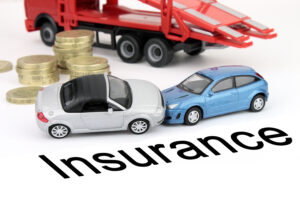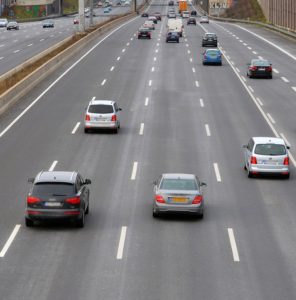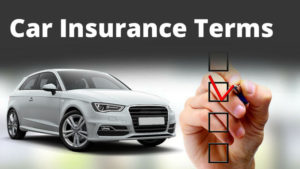 Courtesy of http://www.iii.org/article/what-determines-price-my-auto-insurance-policy
Courtesy of http://www.iii.org/article/what-determines-price-my-auto-insurance-policy
The average yearly auto insurance premium is around $800, but there is wide variation around this average. Many factors can affect your premium, and they all help determine how likely you are to have an accident. Perhaps surprisingly, many of them do a better job than just your driving record. Not all companies use all of these factors, and some might use factors not listed here. Your premium may depend on, in no particular order:
- Your driving record.
The better your record, the lower your premium. If you have had accidents or serious traffic violations, it is likely you will pay more than if you have a clean driving record. You may also pay more if you are a new driver and have not been insured for a number of years.
- How much you use your car.
The more miles you drive, the more chance for accidents. If you drive your car for work, or drive it a long distance to work, you will pay more. If you drive only occasionally—what some companies call “pleasure use”, you will pay less.
- Where your car is parked and where you live.
Where you live and where the car is parked can affect the cost of your insurance. Generally, due to higher rates of vandalism, theft and accidents, urban drivers pay a higher auto insurance price than those in small towns or rural areas.
Other factors that vary from one area or state to another are: cost and frequency of litigation; medical care and car repair costs; prevalence of auto insurance fraud; and weather trends.
- Your age.
In general, mature drivers have fewer accidents than less experienced drivers, particularly teenagers. So insurers generally charge more if teenagers or young people below age 25 drive your car.
- Your gender.
As a group, women tend to get into fewer accidents, have fewer driver-under-the-influence accidents (DUIs) and most importantly less serious accidents than men. So, all other things being equal, women generally pay less for auto insurance than men. Of course, over time individual driving history for both men and women will have a greater impact on what they pay for auto insurance.
- The car you drive.
Some cars cost more to insure than others. Variables include the likelihood of theft, the cost of the car itself is major rate factor, the cost of repairs, and the overall safety record of the car. Engine sizes, even among the same makes and models, can also impact insurance premiums. Cars with high quality safety equipment might qualify for premium discounts.
Insurers not only look at how safe the car is to drive and how well it protects occupants, they also look at the potential damage a car can inflict on another car. If a specific car has a higher chance of inflicting damage on another car and its occupants, some insurers may charge more for liability insurance.
- Your credit.
For many insurers, credit-based insurance scoring is one of the most important and statistically valid tools to predict the likelihood of a person filing a claim and the likely cost of that claim. Credit-based insurance scores are based on information like payment history, bankruptcies, collections, outstanding debt and length of credit history. For example, regular, on-time credit card and mortgage payments affect a score positively, while late payments affect a score negatively.
- The type and amount of coverage.
In virtually every state, by law you must buy a minimum amount of liability insurance. The state required limits are generally very low and most people should consider purchasing much more than the state requirement—the recommended amount of liability protection is about ten times the average state minimum. If you have a new or recent model of car, you likely will also buy comprehensive and collision coverage, which pays for damage to your car due to weather, theft or physical damage to the car such as being hit by a tree. Comprehensive and collision coverages are subject to deductibles; the higher the deductible, the lower your auto insurance premium. While there is no legal requirement to purchase these coverages, if you finance the purchase of the car or you lease it you may be required by contract.
Perhaps just as important, insurers NEVER use race or religion to set rates. Such practices are illegal. Insurers believe them to be abhorrent as well.


